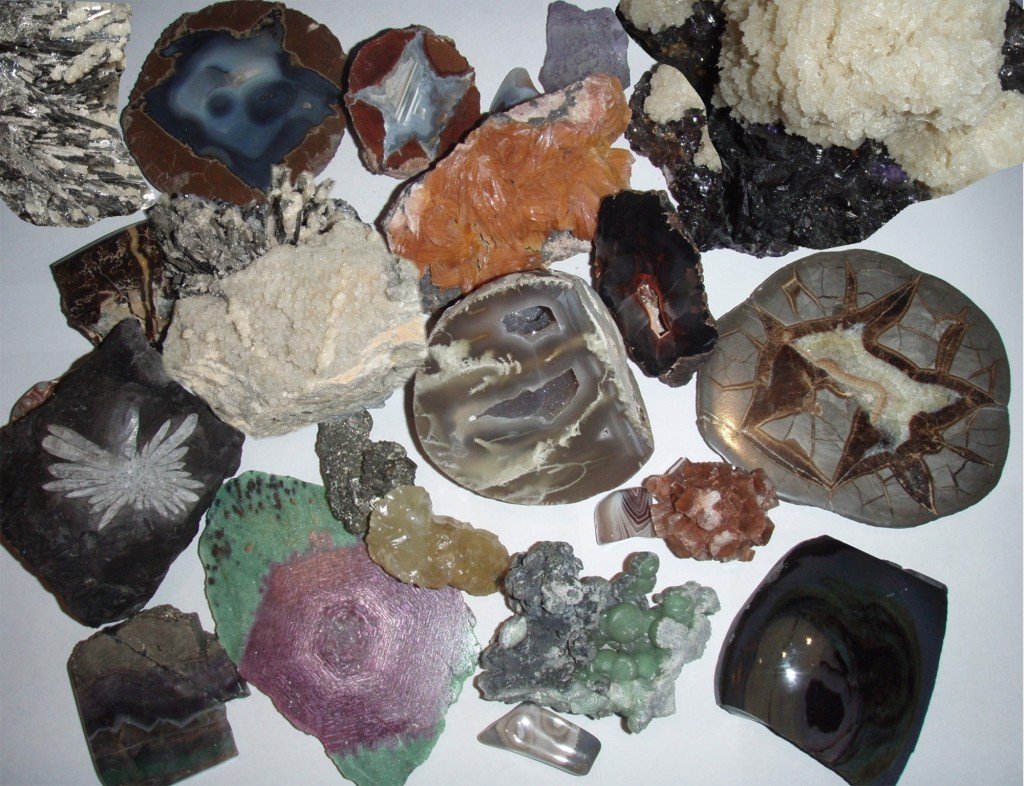Table of Contents (click to expand)
Earth’s population is growing very quickly, and with that growth comes a greater demand for the planet’s natural resources. The resources most at risk of being depleted are minerals, oil, water, and forests. Agriculture is the main cause of deforestation, and the increasing demand for food leads to cleared land being used for farming. Carbon dioxide emissions from deforestation are a major contributor to global warming.
Earth’s thriving population of more than 7 billion, as of today, has led to a great deal of strain on the natural resources provided by our planet, as there is an ever-increasing demand for these natural resources. The proper term for when the consumption of a resource is faster than the rate of replenishment is Resource Depletion. Although not a very fancy or complicated term, resource depletion has been the topic of intense study for a while now, as it has a direct influence on other factors, such as climate change and global warming. With that in mind, let’s take a look at some of the resources that are on the verge of depletion.
Mineral Depletion
Minerals are used in countless ways to provide food, clothing and housing. One such United States Geological Survey (USGS) study found a significant long-term trend in the 20th century for the consumption of non-renewable resources, such as minerals. These minerals are used to supply a greater proportion of the raw material inputs into non-fuel and non-food sectors of the economy. For example, there is an enormous consumption of crushed stone, sand, and gravel in the construction industry.

The large-scale exploitation of minerals started occurring around 1760, when the Industrial Revelation began to grow at a rampant rate. Also, the rate at which technology has improved over the past few decades has only allowed us to dig deeper and extract more. All the metals used in Industry today, such as copper, iron, bauxite, etc. are also known as rare earth metals, as they face production output limitations from time to time.
The estimated production decline rate for some of these critical minerals are projected as follows:
- Gasoline is expected to run dry by the year 2023.
- Copper will be exhausted by the year 2024. This data was provided by USGS and suggests that the next peak time after this decline date will be no later than the year 2040.
- Zinc, which has been a very difficult mineral to mine until now, has recently seen a positive change in its production. In recent years, developments in hydrometallurgy have transformed non-sulfide zinc deposits into a large number of low-cost reserves.
Now, the above projections are only subject to change if additional discoveries are made.
Also Read: When Will Fossil Fuels Run Out?
Deforestation

Deforestation, as the name suggests, can be understood as the elimination of forests by cutting and burning down the trees and plants in a forested area. The extent of deforestation is extreme; one-half of the trees that once covered the earth have been destroyed. The primary reason for this deforestation is agriculture. As the population increases, so too does the number of mouths that need to be fed. The increasing need for agricultural lands leads to the clearing out of more land. This land is inevitably taken from the area covered in forests. Remember, the industrial value of land is zero unless and until something viable can be extracted from it.
The severity of deforestation is so extensive that it has impacted the climate in an extreme way. It has led to an increase in carbon dioxide in the atmosphere, changes in the water cycle and a significant rise in soil erosion. Deforestation is almost always cited as a primary reason for global warming. It is a known fact that trees help in the elimination of carbon dioxide and the emission of oxygen. The decline in trees alone has led to an estimated 12 percent increase in anthropogenic carbon dioxide emissions. The removal of trees leads to soil erosion, as already stated, but soil erosion is no small thing! It is the reason why landslides are caused, which has a major and potentially deadly impact on people who live close to deforested regions.
Also Read: What Is The Difference Between Endangered And Extinct Species?
Resource Depletion Of Oil

Crude oil or Oil, as it’s commonly referred to, is a very important raw material in today’s society. It is the raw material from which important byproducts are made, such as petroleum and diesel. These byproducts, in turn, play a pivotal role in almost all strata of life and society, as they are the driving force for most machines. Oil, however, is a finite resource and is being depleted at a very rapid rate. Peak Oil is the period when the maximum rate of global petroleum extinction has reached. After this turning point, according to the Peak Oil theory, the rate of production will undergo a long-term decline.
The 2005 Hirsch Report funded by the United States Department of Energy concluded that “The peaking of world oil production presents the U.S. and the world with an unprecedented risk management problem. As peaking is approached, liquid fuel prices and price volatility will increase dramatically, and, without timely mitigation, the economic, social, and political costs will be unprecedented. Viable mitigation options exist on both the supply and demand sides, but to have a substantial impact, they must be initiated more than a decade in advance of peaking.”
Water

Water is an essential resource that is needed for survival in everyday life. We would only be able to last around a week without consuming any water. Even historically, water has had a profound influence on the prosperity and success of nations and people around the world. Right now, groundwater is considered to be a non-renewable resource, and it serves as 98% of all the earth’s available fresh water. Groundwater is known to be used to supply things such as wells and aquifers for private, agricultural, and public use. Of all the groundwater covering the entire world, only 6% of it is replenished every fifty years or so. However, of all the 22.6 million cubic kilometers of groundwater that is available, only 0.35 million of it is renewable.
Freshwater only makes up 2.5% of the total volume of the world’s water, which is about 35 million kilometer cube. However, considering that 70% of that freshwater is in the form of ice and permanent snow cover and that we only have access t200,000-kilometer cube of freshwater overall, it isn’t surprising that the demand for water could soon exceed the supply. The Food and Agriculture Organization of the United Nations is predicting that by 2025, 1.8 billion people will be living in countries or regions with absolute water scarcity.
There are also some other resources that are seriously in danger of becoming a depleted resource, such as wetlands, natural gas, phosphorous, coal, etc. With so much human dependence on the use of natural resources, it must be our foremost prerogative to ensure that the strain on these resources is relaxed or removed entirely!
Also Read: What If Our Oceans Became Freshwater?
How well do you understand the article above!

References (click to expand)
- Bretschger, L., & Smulders, S. A. (2003). Sustainability and Substitution of Exhaustible Natural Resources: How Resource Prices Affect Long-term R&D Investments. SSRN Electronic Journal. Elsevier BV.
- RC Ferrero. U.S. Geological Survey Energy and Minerals science strategy. The United States Geological Survey
- (PDF) Natural Resource Fact Sheet | Masud Chowdhury - Academia .... Academia.edu
- The six natural resources most drained by our 7 billion people. The Guardian
